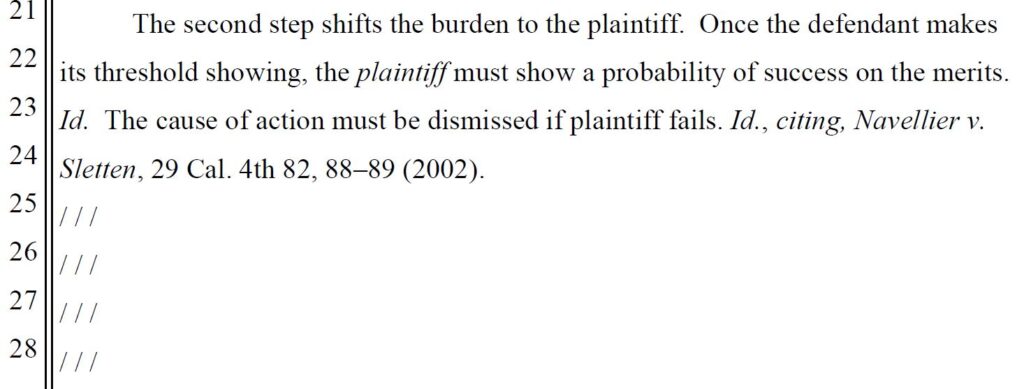A Proof That Blog reader asked this question:
“Hi Kathy! I need your help! Should I capitalize drug names in sentences: Fentanyl, Methamphetamine, Marijuana? The officers write in lowercase but to me, it is a proper noun, so it should be capitalized. Thank you!”

The actual tradenames of drugs would be capitalized, i.e., ADVIL, which is the trademark owned by PF Consumer Healthcare 1 LLC for their ibuprofen tablets, is capitalized, but “ibuprofen” is not. Since “fentanyl” is the type of drug (a potent synthetic opioid) and not the tradename, it is not capitalized. The tradenames for fentanyl include Actiq, Fentora, and Duragesic, which would be capitalized.
The same is true of methamphetamine. The tradename for that is Desoxyn, so that tradename is capitalized, but the actual drug name “methamphetamine” is not. Marijuana is not a tradename, but is a type of “drug,” so it is not capitalized.
Basically, if it is not the registered tradename of the specific drug but is the type of drug (as it looks like your work would primarily be), it would not be capitalized.
I hope that helps!


 Follow
Follow